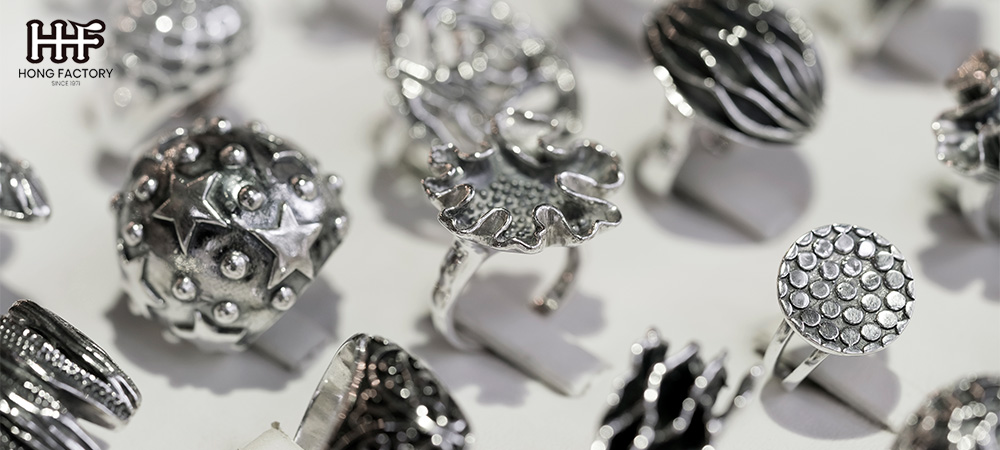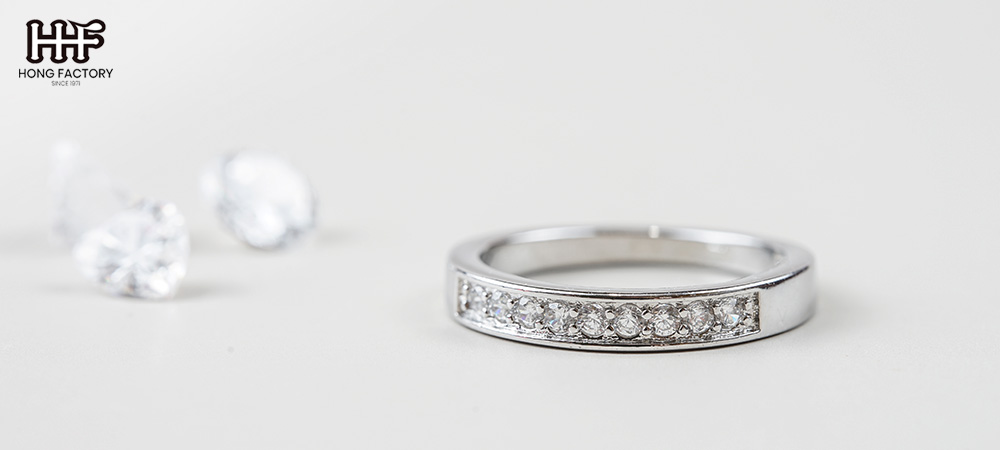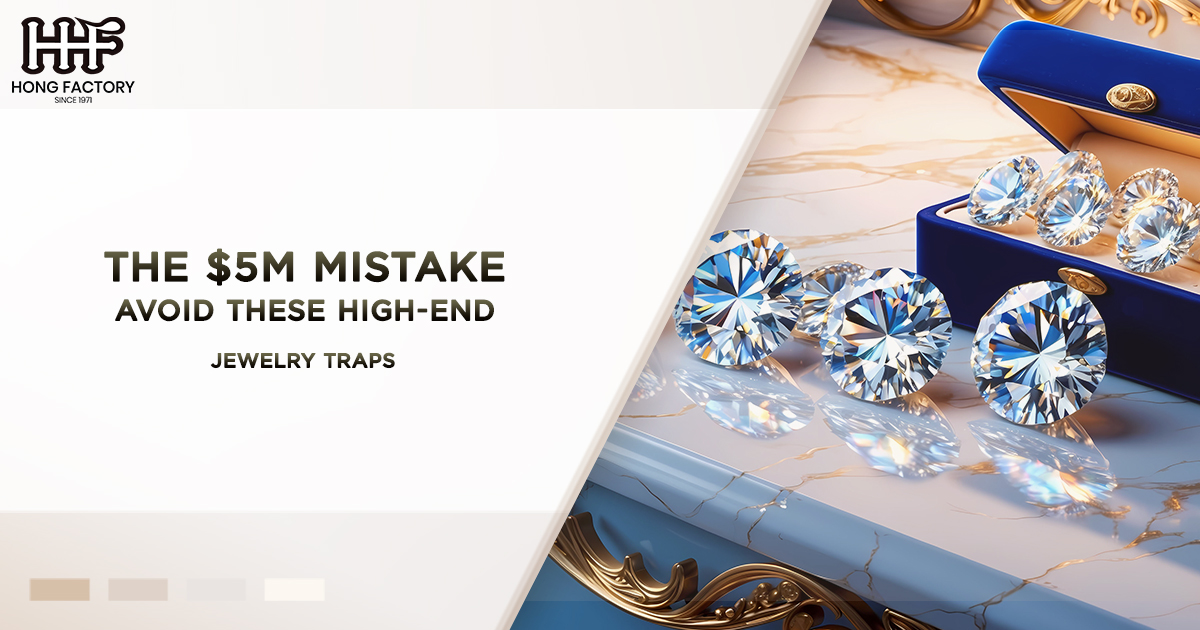In the glittering world of luxury jewelry, the allure of exquisite craftsmanship, rare gemstones, and prestigious brands can be irresistibly captivating. However, the high-end jewelry market is fraught with potential pitfalls that can turn a promising investment into a costly mistake.
With pieces often reaching astronomical values, due diligence becomes crucial to avoid falling into common traps. This article delves into the intricacies of the luxury market, highlighting key investment risks and offering solutions to safeguard your purchases.
Understanding the Luxury Market
The luxury jewelry market is a captivating sector characterized by its exclusivity and grandeur. Brands like Cartier, Tiffany & Co., and Van Cleef & Arpels are synonymous with sophistication and elegance, luring collectors and investors alike. However, this market’s inherent exclusivity also means that the stakes are high. Prices can soar into the millions, making investment risks particularly significant.
Why People Invest in Luxury Jewelry
- Aesthetic and Emotional Appeal : Beyond tangible value, these pieces often hold sentimental significance and aesthetic beauty that transcend monetary worth.
- Status and Prestige : Owning luxury jewelry is often a declaration of status and personal achievement, elevating one’s social standing.
- Potential for Appreciation : Many investors are drawn by the potential for appreciation, as unique or rare pieces may increase in value over time.

Key Investment Risks
1. Overvaluation and Market Speculation
The first trap is the risk of overvaluation. The luxury market is highly susceptible to fluctuations in demand and trends, which can lead to speculative pricing. A seemingly valuable piece might not hold its value in the long term, especially if market trends shift.
Solution
Do extensive research to understand the market value of the pieces you are interested in. Compare previous auction results and current market prices. Engaging a professional appraiser can provide an objective assessment of value.
2. Authenticity Concerns
The most perilous pitfall might be the authenticity of the piece. Counterfeits and forgeries are surprisingly common in the luxury market, and even seasoned collectors can be duped by expertly crafted fakes.
Solution
Conduct thorough due diligence. Demand certificates of authenticity and provenance documentation. Whenever possible, purchase from reputable dealers or directly from well-known brands. Third-party authentication services can also be invaluable in verifying the legitimacy of a piece.
3. Lack of Provenance
Provenance, or the history of ownership, can significantly impact a jewelry piece’s value. Items with a documented history are often perceived as more reliable and valuable.
Solution
Insist on comprehensive provenance records that trace the item’s ownership history. This not only assures authenticity but also enhances the piece’s appeal to future buyers.
4. Neglecting Condition and Quality
Condition and quality are paramount in determining a piece’s value. Wear and tear, repairs, or alterations can significantly detract from a jewelry item’s worth.
Solution
Examine the piece meticulously. Look for signs of wear, repair marks, or any discrepancies that might indicate tampering. Professional assessments are recommended to evaluate the condition accurately.
5. Ignoring Market Trends
Ignoring current market trends can result in investments that don’t appreciate as expected. Trends in style, gemstone popularity, and even specific designers can influence the future value of jewelry.
Solution
Stay informed about industry news, fashion trends, and auction results. Networking with industry experts and attending jewelry shows can provide valuable insights into current and future market dynamics.
Conducting Due Diligence
Due diligence is not just advisable; it’s essential. This process involves verifying all aspects of a potential purchase, from authenticity and condition to market value and provenance. Here’s how to streamline your due diligence process
- Research the Merchant : Ensure you are buying from a reputable source. Check reviews, testimonials, and track records of dealers or auction houses.
- Consult Experts : Leverage the expertise of gemologists, appraisers, and jewelry historians who can provide professional evaluations.
- Authenticity Checks : Utilize technology, such as spectrometers or electron microscopes, which can aid in the authentication of precious metals and gemstones.
- Access Documentation : Always request and verify all available certificates and documents pertaining to the piece.

Authenticity : The Pillar of Value
The authenticity of a jewelry piece is the cornerstone of its value. Without assured authenticity, even the most beautiful pieces become mere adornments. Here’s how to ensure what you’re buying is the real deal
Key Elements of Authenticity
- Brand Hallmarks and Stamps : Recognizable stamps or hallmarks are often the first indicator of authenticity. Familiarize yourself with the brand’s specific markings.
- Material Verification : Substantiate the quality of metals and gemstones through laboratory testing.
- Design Specifics : Authentic pieces have distinct design elements unique to the brand or designer, which are challenging to replicate.
Managing Investment Risks
Managing risks in the luxury jewelry market is about balancing passion with prudence. Here are strategies to minimize risks
- Diversify Investments : Don’t put all your resources into a single piece. Diversify across different types of jewelry, styles, and designers.
- Insurance : Protect your investments with appropriate insurance policies that cover theft, damage, and loss.
- Exit Strategy : Have a clear strategy for how and when to sell your investments, considering market conditions and personal financial goals.
Conclusion
The high-end jewelry market offers unparalleled beauty and prestige but demands careful navigation to avoid costly errors. Whether driven by aesthetic pleasure or investment potential, the keys to success in this market are diligence, education, and caution. By understanding the intrinsic and extrinsic factors that influence value, ensuring authenticity, and staying abreast of market trends, you can make informed decisions that enhance both your enjoyment and financial return.
Investing in luxury jewelry can be a rewarding venture, both personally and financially, as long as you steer clear of these common pitfalls and arm yourself with knowledge. The glitter of a wise investment is one that endures, offering both joy and a secure financial future.
